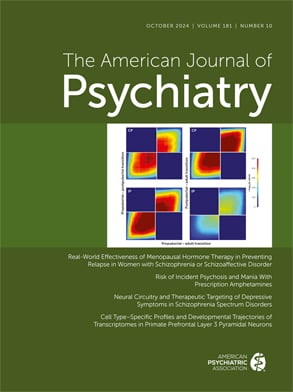Abstract
Theoretically and experimentally the vital role played in cellular metabolism by the cytochromes as respiratory tissue enzymes is recognized and appreciated(14). This apparently also applies to tissue activity in the nervous system, particularly during growth, differentiation, and regeneration following injury. Cytochrome C, a commercially available preparation, was selected for clinical trial in cases of presenile and senile states with or without evidence for nervous system arteriosclerosis. We fully recognize that there are other equally important enzyme systems involved in cellular metabolism, notably riboflavin or flavoproteins and pyridine nucleotides. The latter has the important nicotinic acid amide component serving as a reversible hydrogen acceptor and is indispensable for the action of a great many dehydrogenases. However, catalytic action of Cytochrome C is still a link in part of the oxidation going on through these systems. The relation of cellular oxidations to lipid phosphorylation is also thought to be through oxidations by the cytochrome system(11). Cytochrome C, therefore, seemed to be a good choice for trial(15, 16).
Clinical improvement was noted in a majority of cases observed in regard to memory, orientation, irritability, interest, confusion, and behavior. Only slight changes were observed in the electroencephalographic recordings and these changes may be insignificant. Psychometric examination showed qualitative improvement in keeping with clinical improvement and a trend toward higher scores.
The changes noted in these patients during the trial period are quite in contrast to the results obtained in the problem of treatment of the senile states for the previous 3 years on the psychiatric service. During that period 27 cases were diagnosed as senile reactions. Of these, 6 were improved and, of these 6 cases, 4 were treated with electroshock. The remaining 21 cases were referred to state institutions, domiciliaries, nursing homes, or sent home as unimproved. These cases were given the routine supplementary vitamine therapy, symptomatic care, special diets, and routine activity programs which were also part of the program for the cases reported in this series.
Total duration of mental illness, as judged by reviewing the literature, in the senile psychotic state tends to be from 1 to 3 years, generally less than 2 years, and when improvement takes place it most generally does so within 2 or 3 months time. Because of the heavier and increasing burden to mental hospitals, any aid to hasten possible improvement and the care of the aged seems justifiable when psychological and physical factors combine to incapacitate the individual.
We wish merely to report these studies as observations, making no claims beyond the theoretical about specific action or changes produced by this enzyme. We feel encouraged, though, by the clinical changes noted during the short observation period. The biochemists can give us little help in interpreting these observations beyond theoretical speculation but neither can they tell us what happens to cellular metabolic processes in nervous tissue as a result of electroshock or insulin therapy. We, nevertheless, use such therapy because it works. The pharmacologists express themselves freely that the rôle of cytochrome in cellular respiration is well established but they are very skeptical that injected cytochrome can be utilized as such by the body tissues. However, practically no work has been supplied by either the pharmacologists, the experimental biologists, or pathologists that would indicate Cytochrome C to be of any utility in the therapy of pathological tissue states such as those in which we are interested.
More promising and encouraging are apparent results from Cytochrome C noted by us in our trial of it in acute toxic inflammatory reactions of the nervous system, about which we hope to report separately at a later date.

